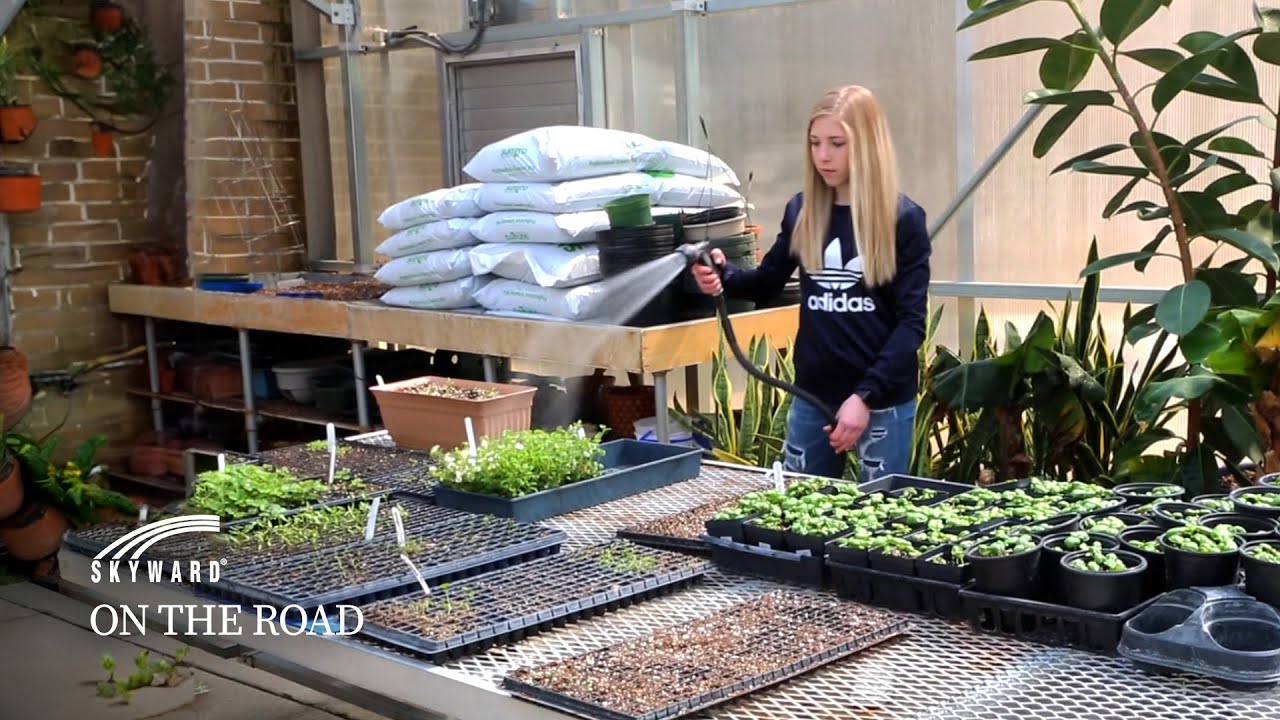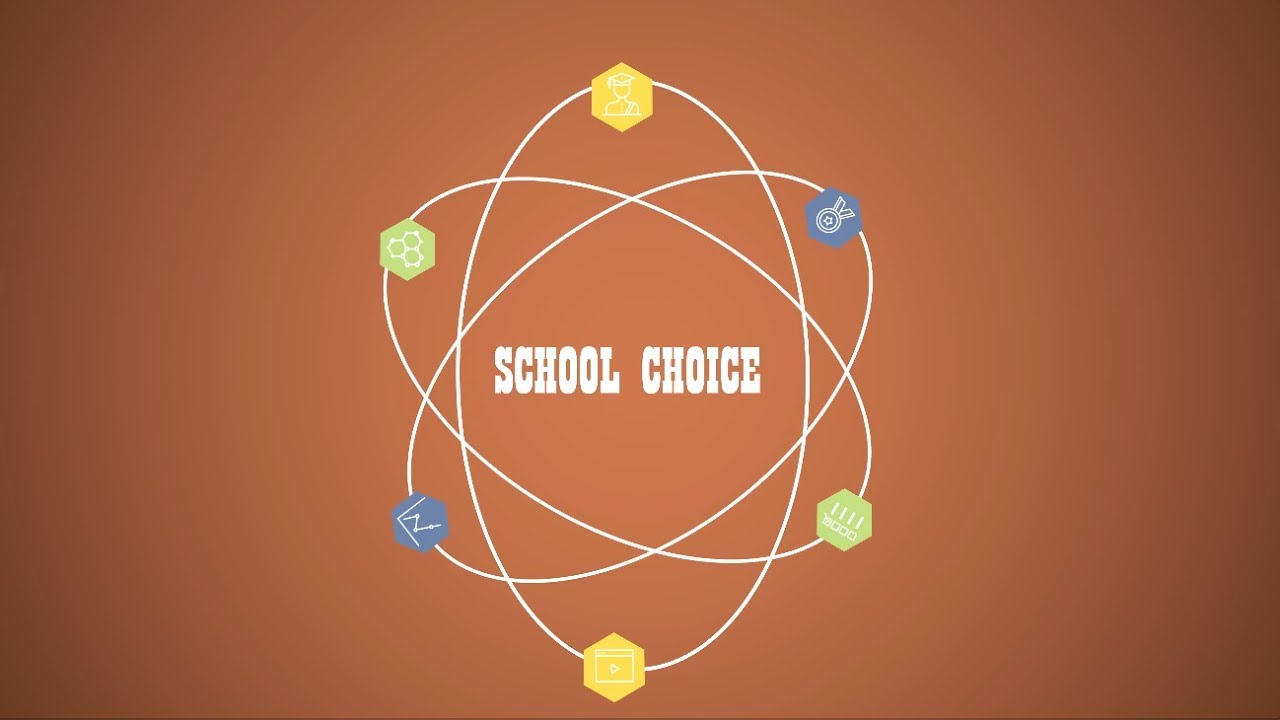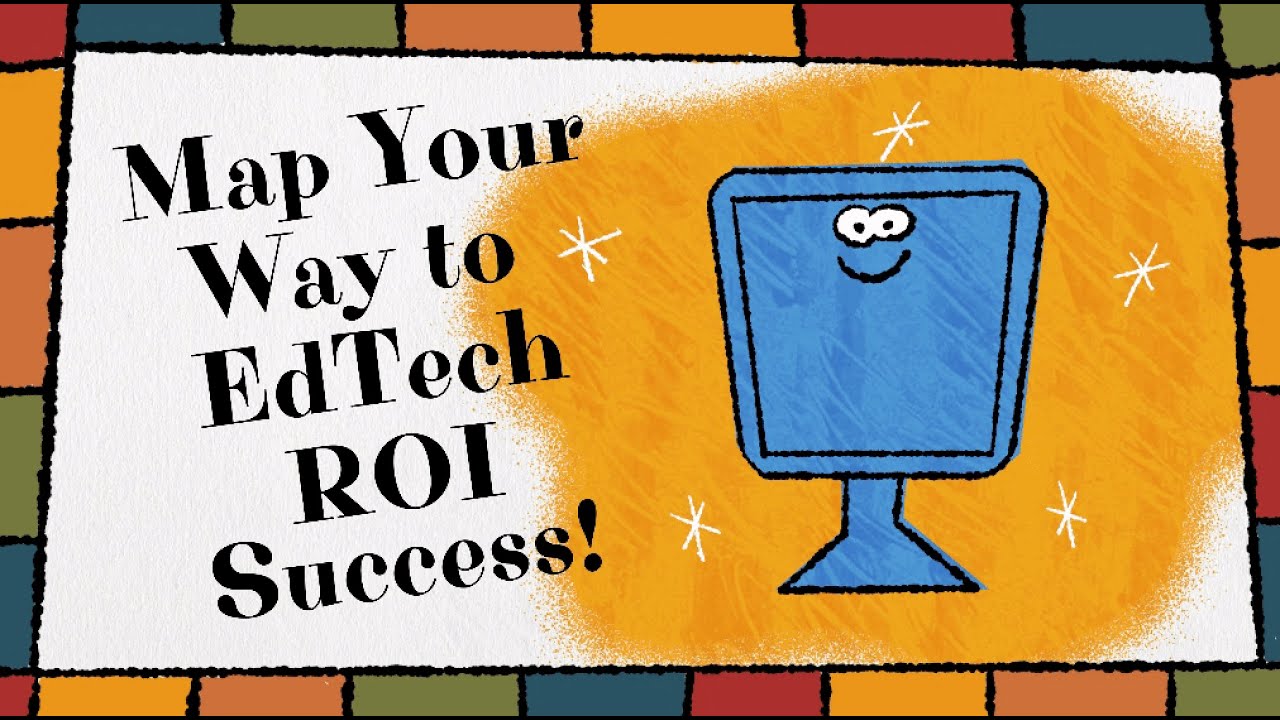Can a Kindergartner Learn to Code - On the Road with Lauren: Episode 7
5 MIN 56 SECTeaching computational thinking skills to the next generation is a must. But starting in kindergarten? Our team took a trip to West Bend, Wisconsin to visit a district that claims yes, a kindergartner can learn to code!
If you think teaching STEM without screens sounds counterintuitive, you’re not alone. When I arrived at West Bend, I expected to see kids at desks, staring at computers as they played coding games. Not so.
In the first classroom we visited, the second graders split into small groups to program robots, which traced shapes taped to the floor. What I expected to see occurring on screens was happening in real life all around me. Dash the robot turned, flashed, and drove around the room—programmed by second graders.
Later that afternoon, kindergartners taught me to use markers to draw paths for Ozobots. “That won’t work! It can only read thick lines,” one student corrected me as I drew my first shape. They continued to explain how putting different colors together would direct the Ozobot to make a U-turn or do their favorite maneuver: the tornado.
Educators are also incorporating (and being inspired by) music, art, and other pattern-based activities to form the very basic building blocks for problem solving.
The trick is to break down the concepts behind coding, rather than setting kids up to learn JavaScript or HTML right off the bat. Components of computational thinking—including algorithms, sequences, loops, branching, chunking problems, asking questions, and much more—are the building blocks for teaching kids to think like computer programmers. These concepts can be achieved in everyday activities in the classroom, no screens or expensive tech required.
Read the article this video was featured in:
On the Road with Lauren: Can Kindergartners Learn to Code?




